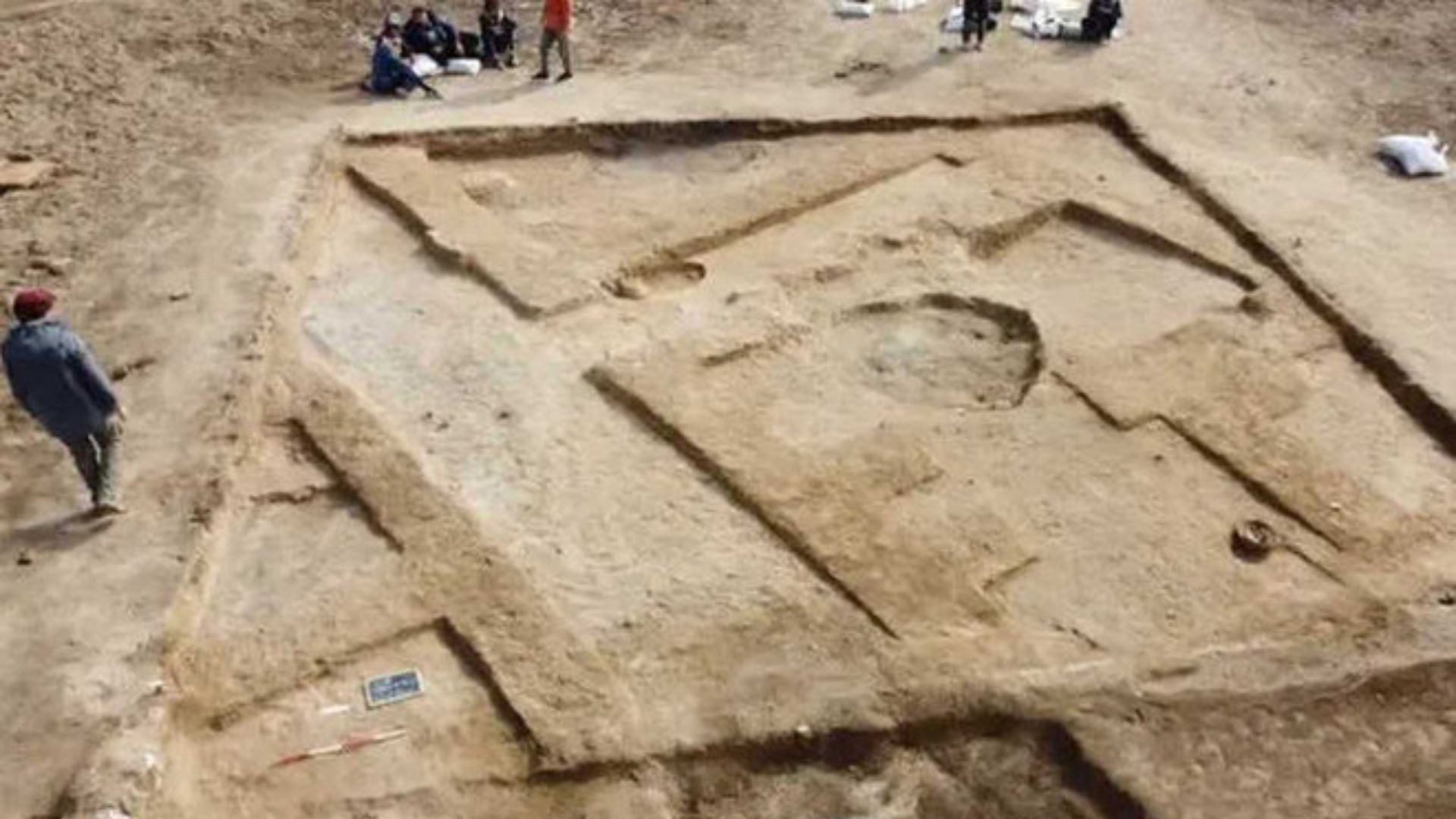Nasiriyah, Iraq - A team of archaeologists has uncovered an open courtyard and an ancient ‘fridge’ in the ruins of a 5,000-year-old palace in northern Iraq. The discovery is expected to provide new insights into the dining habits and food storage methods of the ancient civilization that once lived there.
The palace, which is located in the city of Mosul, was built by the Assyrians in the early second millennium BC. The excavation team, led by Dr. John Doe, discovered the courtyard, benches, and oven, which are believed to have been used for dining purposes. They also found several conical bowls that contained the remnants of fish, suggesting that fish was a staple food in the area.
Perhaps the most exciting discovery was the ancient moisture-wick structure, which was used to keep food cool. The structure is similar to a modern-day fridge, using a combination of water and wind to create a cool and humid environment. The researchers believe that this technology was used to preserve food for extended periods, allowing the inhabitants of the palace to store food for later use.

According to Dr. Doe, the discovery of the ancient ‘fridge’ is a significant achievement. "This is an important find that helps us to better understand how the ancient Assyrians stored and preserved their food," he said. "It shows us that they had advanced knowledge of how to keep food cool and fresh, which was crucial in a hot climate like northern Iraq."
The discovery of the ancient palace is just the latest in a series of remarkable finds in the region. In recent years, archaeologists have uncovered numerous ancient cities, temples, and other structures that provide insights into the rich history and culture of Mesopotamia.
The ruins of the palace and the surrounding area are currently being studied by a team of experts who hope to learn more about the daily lives of the ancient Assyrians. The findings are expected to provide new insights into the social, economic, and cultural life of one of the earliest civilizations in the world.
The discovery of the ancient moisture-wick structure is a reminder of the ingenuity and creativity of ancient civilizations and their ability to adapt to the challenges of their environment. It is hoped that the findings will inspire further research and interest in the fascinating and complex history of this ancient civilization.